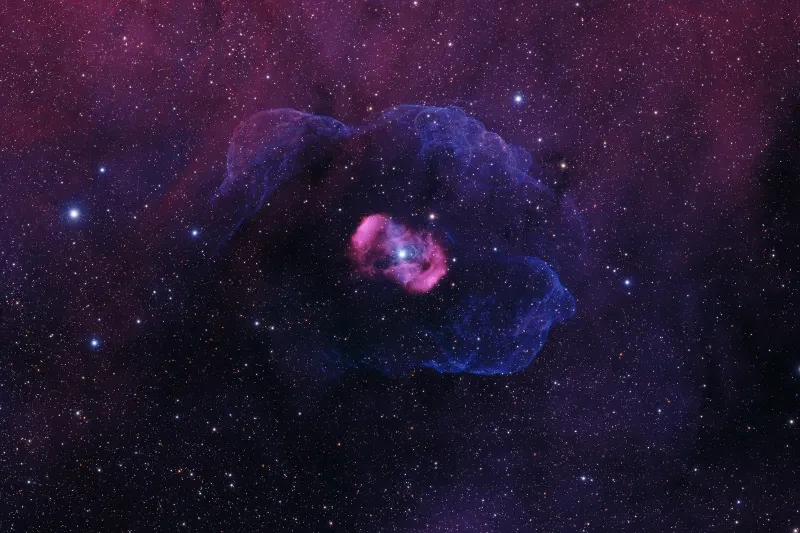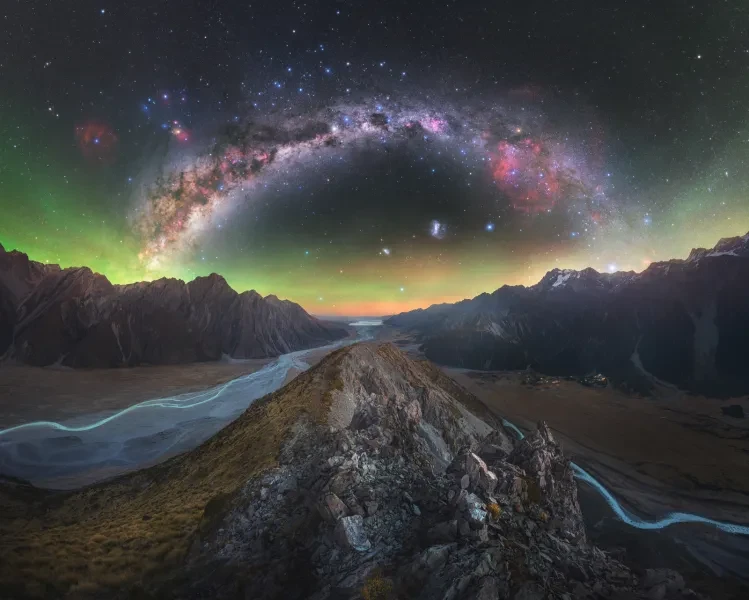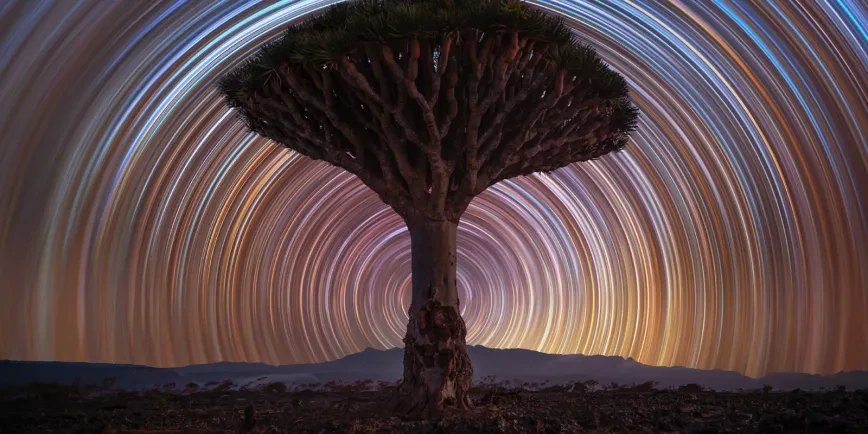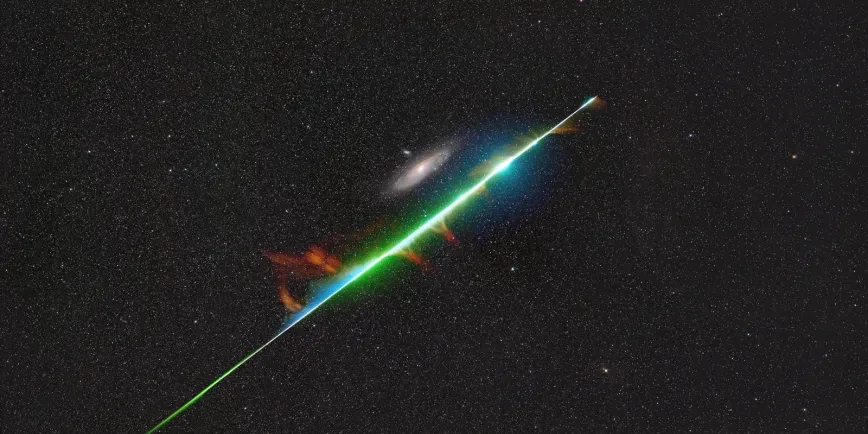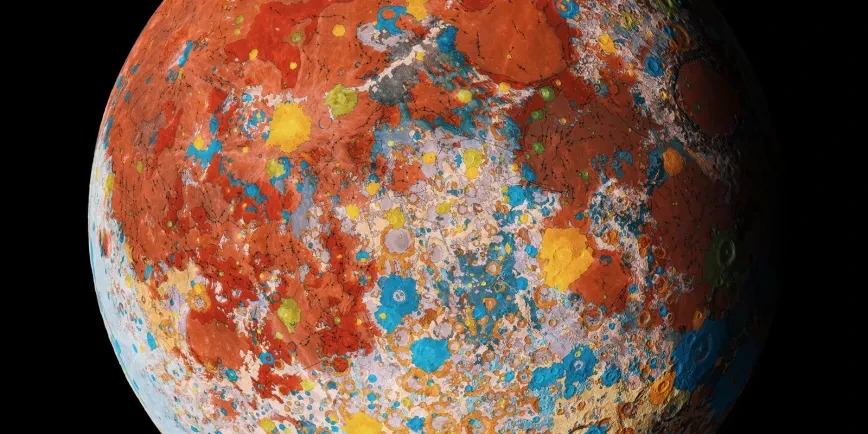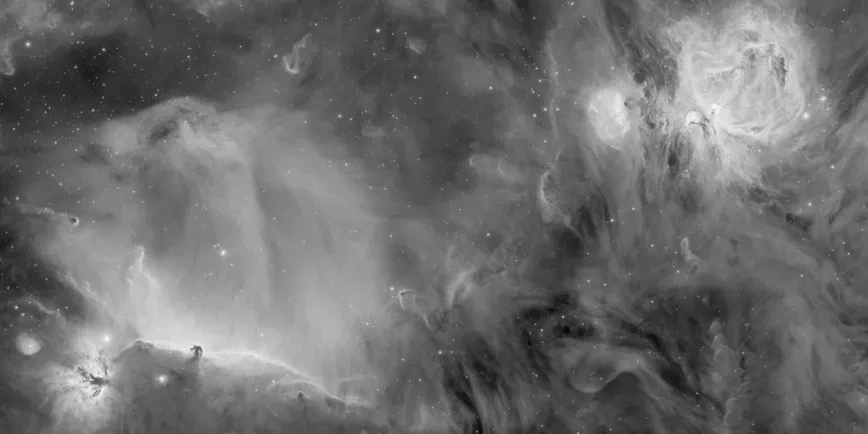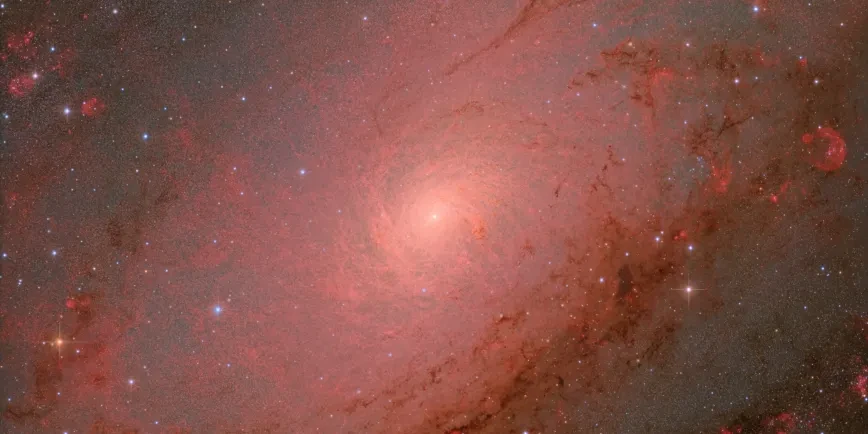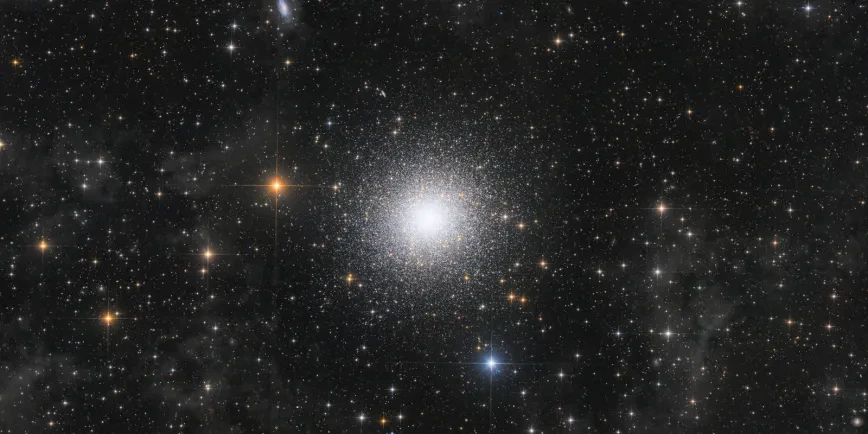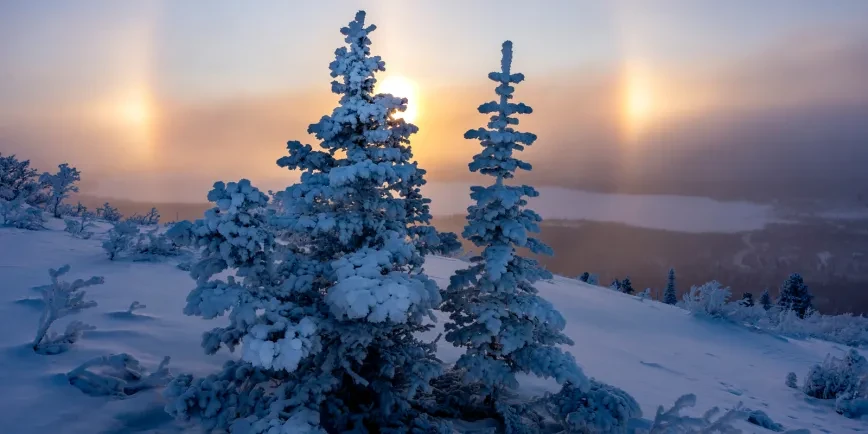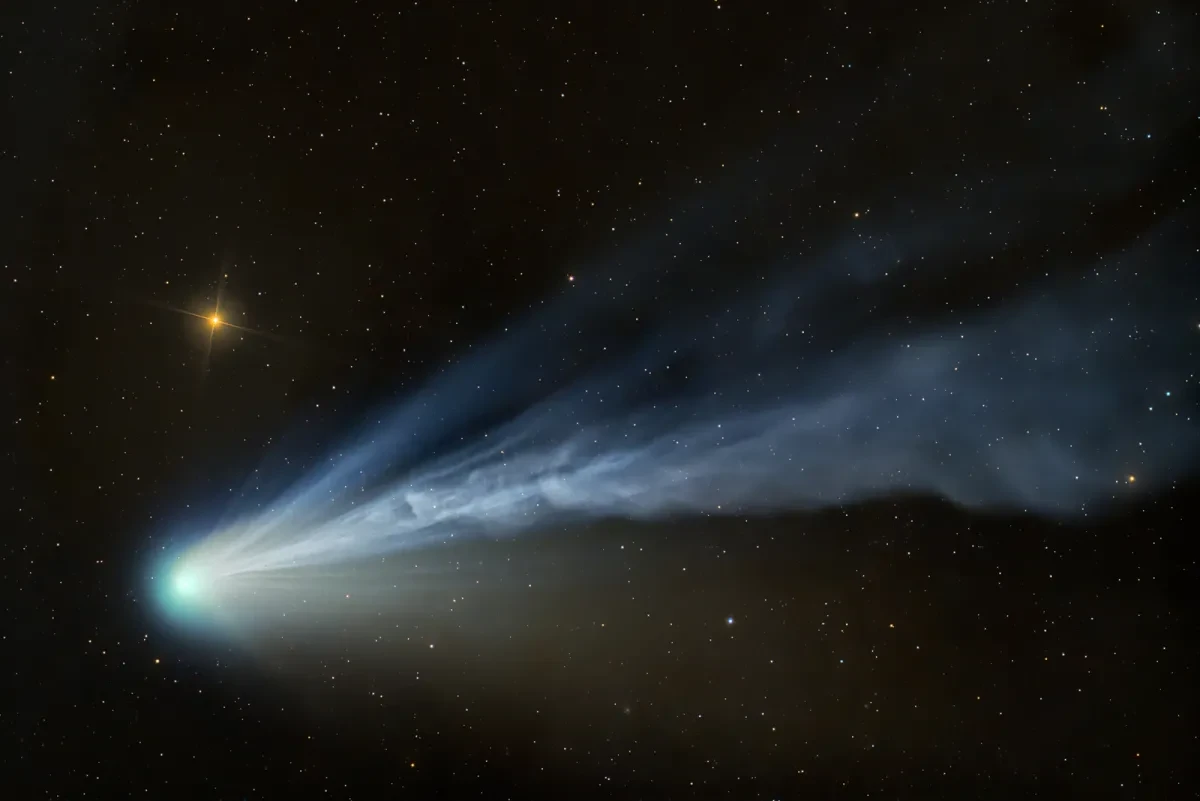
Category winner
Comet 12P/Pons-Brooks Taking a Final Bow by Dan Bartlett
"Comet 12P/Pons–Brooks continued to react visibly to the intensified solar winds associated with the current solar maximum, creating a spectacle of tail dynamics and colourful hues expelled by its nuclear coma [the bright cloud of gas around the comet’s centre]. For this image, I was pleasantly surprised as the sky cleared up enough to allow about 13 minutes of imaging time," explains Dan.
"I processed this image solely using the PixInsight processing platform. Since the comet continued to move against the background starfield it was necessary to separate the comet from the background using the CometAlignment process. This permitted further processing without object blur prior to recombination."
Taken in June Lake, California, USA, 31 March 2024

Runner-up
Satellites and Storms by Tom Williams
"This image shows Jupiter and two of the four largest moons discovered by Galileo: Europa and Callisto. Notably, the planet’s recent storm outbreak is prominent as a white streak near the centre of the disc and is neatly mirrored by the Great Red Spot in the southern hemisphere," says Tom.
"With long exposures, it was possible to detect the minor moon of Amalthea, which sits between Europa and Jupiter’s western limb here."
Taken in Trowbridge, Wiltshire, England, 16 February 2025

Highly commended
The War God Meets the Beehive by Andre Vilhena
"Have you ever heard of a retrograde planet?" asks Andre. "This image shows what this looks like for Mars, when it became retrograde [the apparent backward motion of a planet] in late May 2024, near M44, the Beehive Cluster.
"Photos of the Red Planet taken every five days, starting on 16 November (bottom right) and ending on 26 December (top right), are superimposed on top of one another, allowing us to glimpse the planet’s movement towards the east, until it reverses on 6 December and starts moving west.
"Is the planet moving backwards? Not really, but the different orbit velocities of Earth and Mars create this optical illusion, known since ancient times, and it is likely one of the reasons that some stars became known as ‘wanderers’ or, in ancient Greek, ‘planetes’.
"Apparent retrograde motion happens at different places along the ecliptic [the Sun’s apparent path through the sky] but, serendipitously, this time it occurred near one of the most beautiful star clusters in the northern hemisphere."
Taken in Trevinca Astronomical Centre, Valdín, Ourense, Spain, 16, 21, 26 November, 1, 6, 11, 16, 21 and 26 December 2024
See the full shortlist
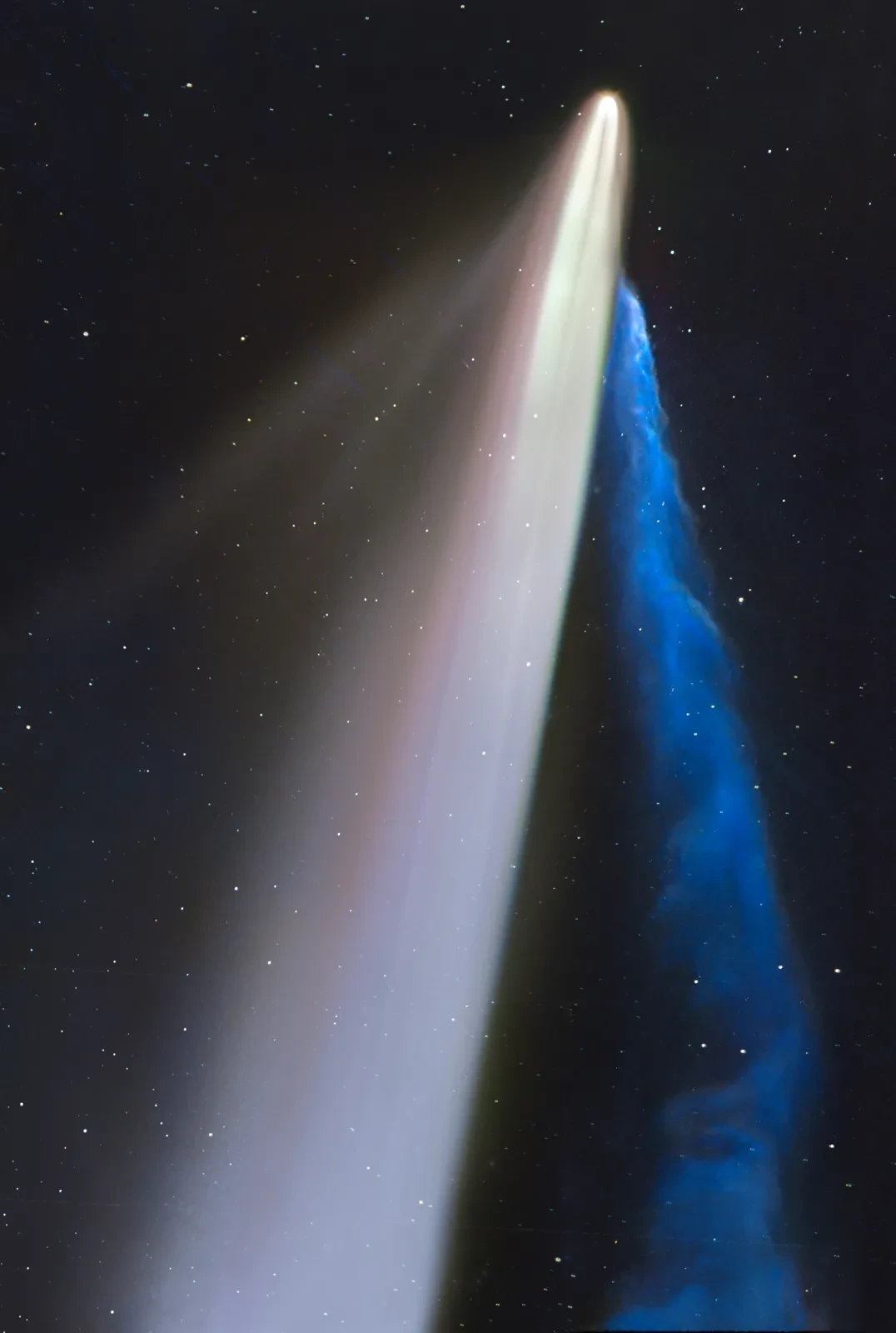
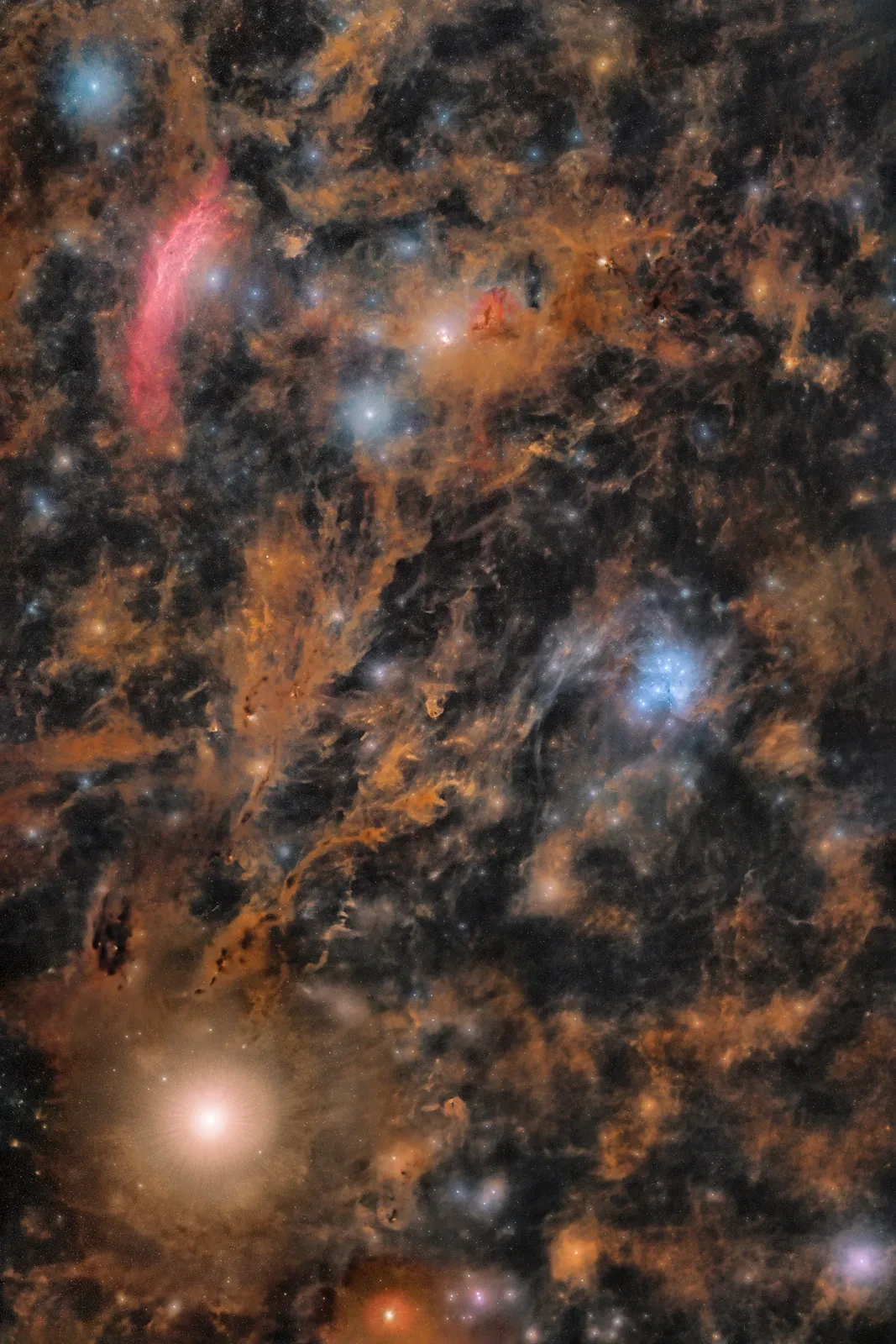
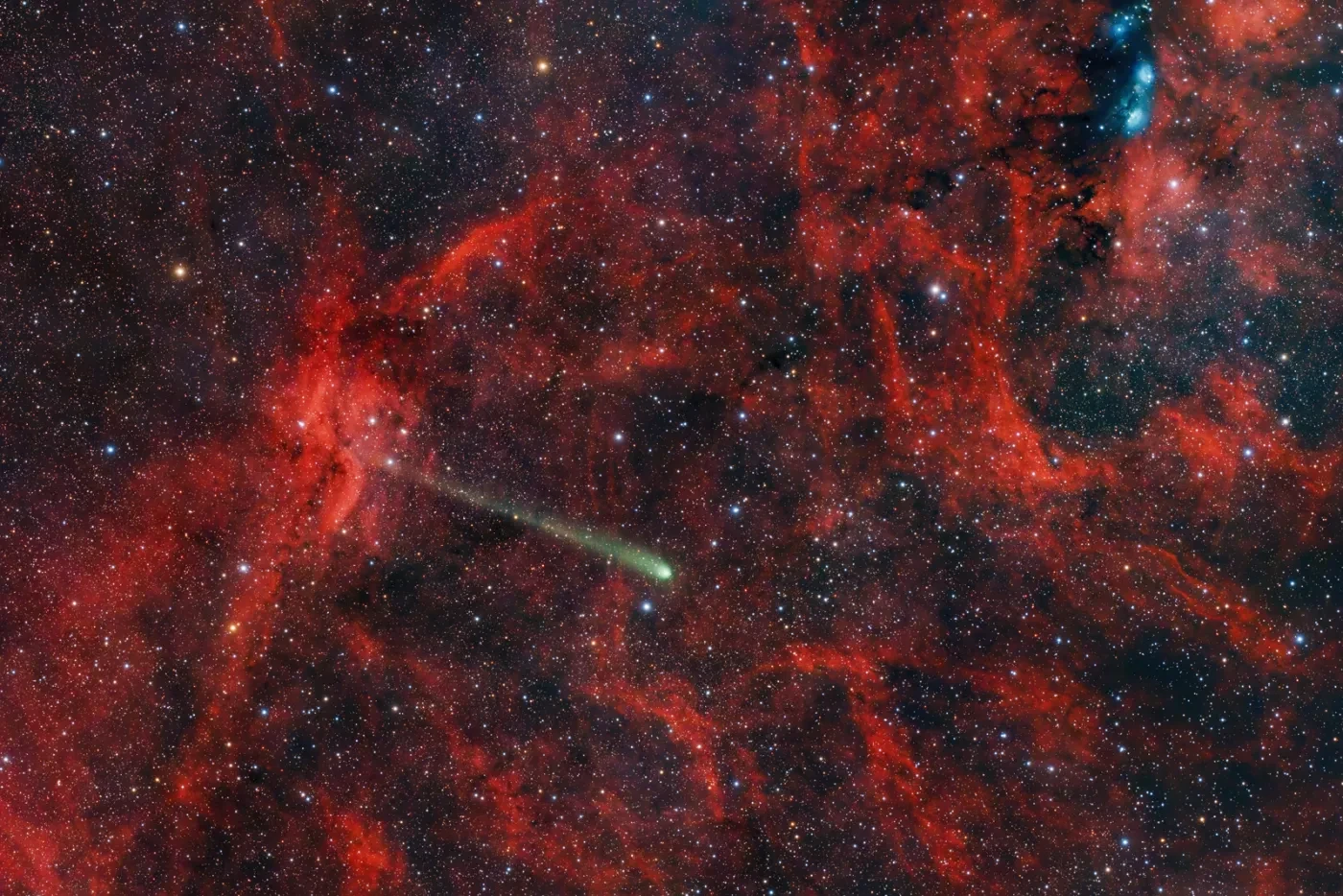
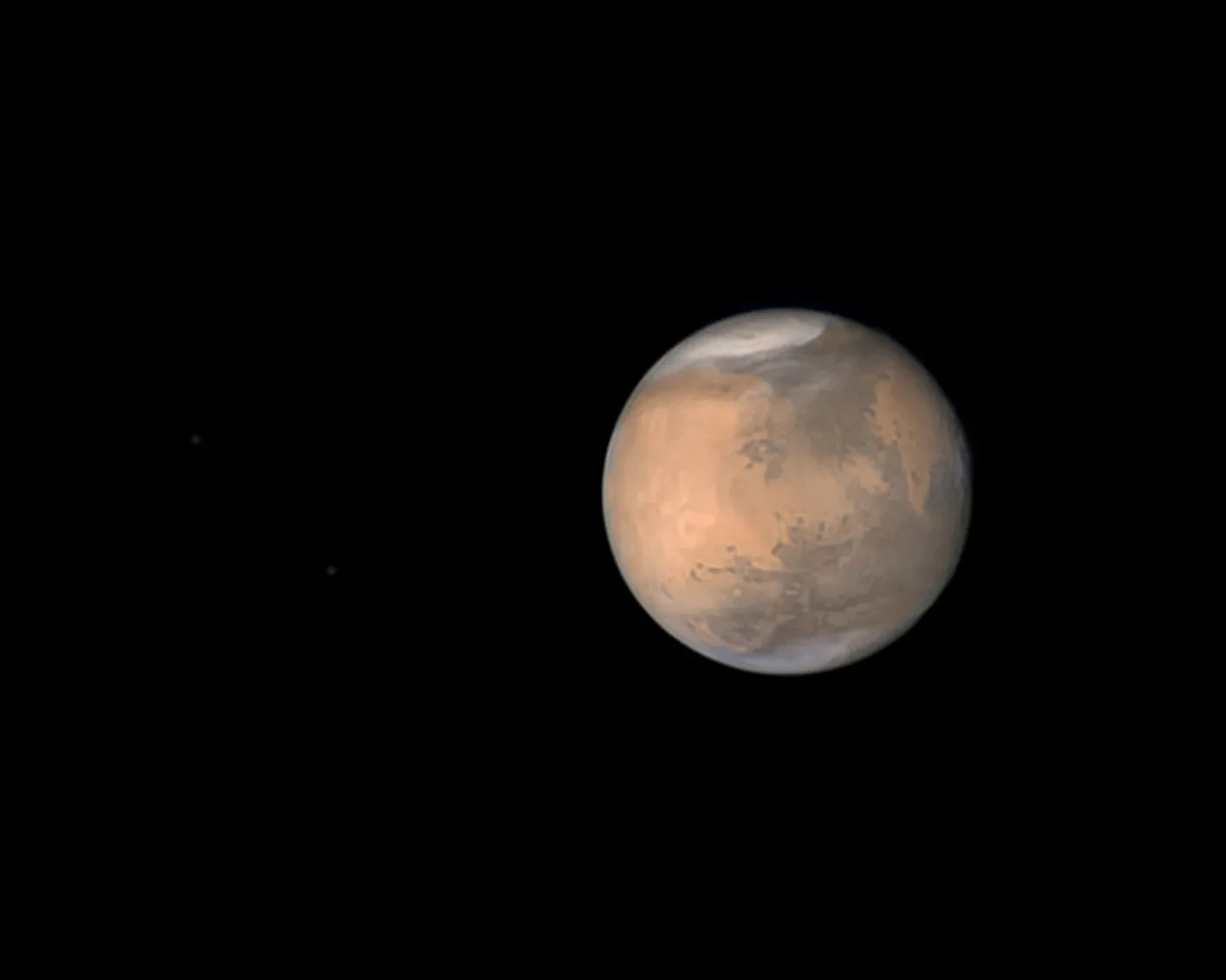
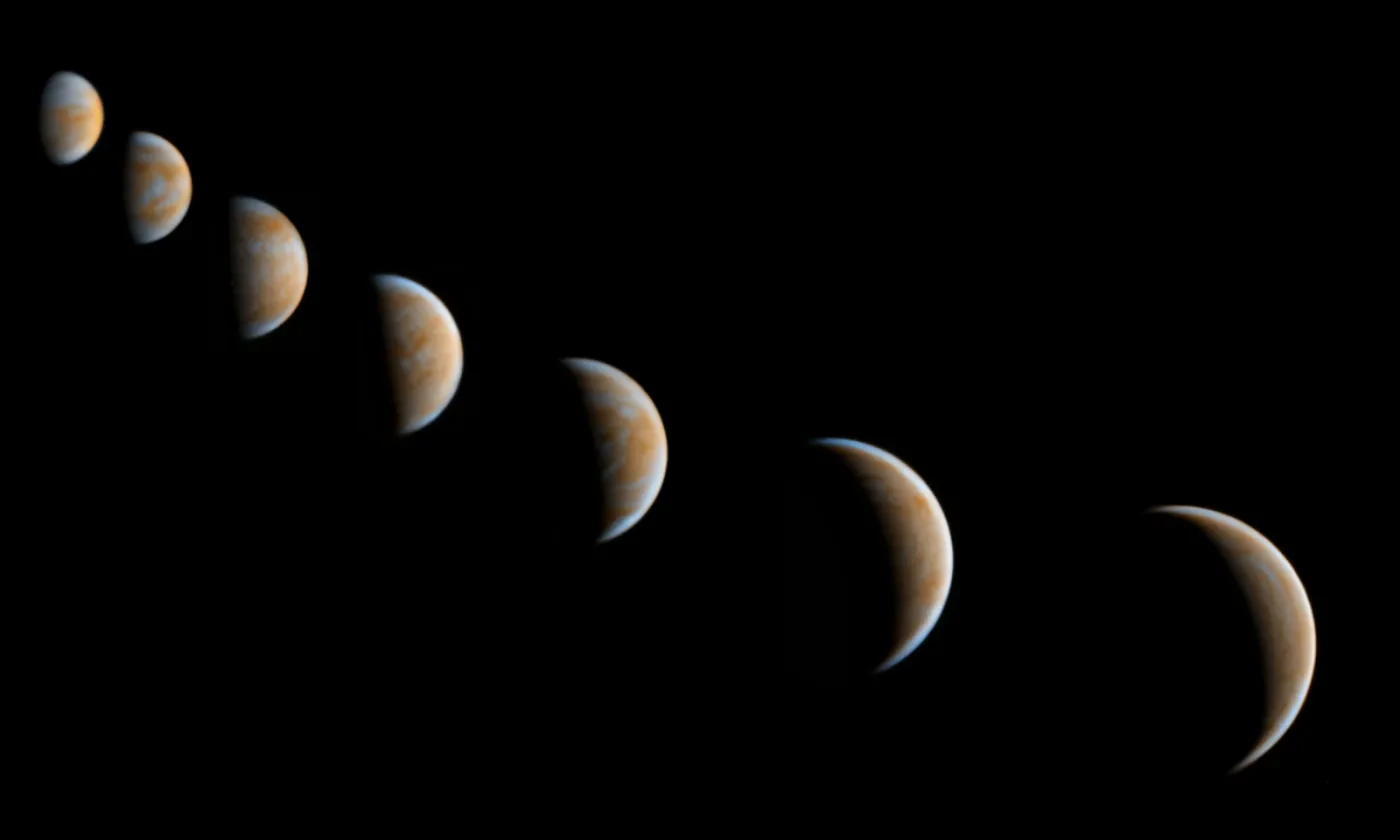
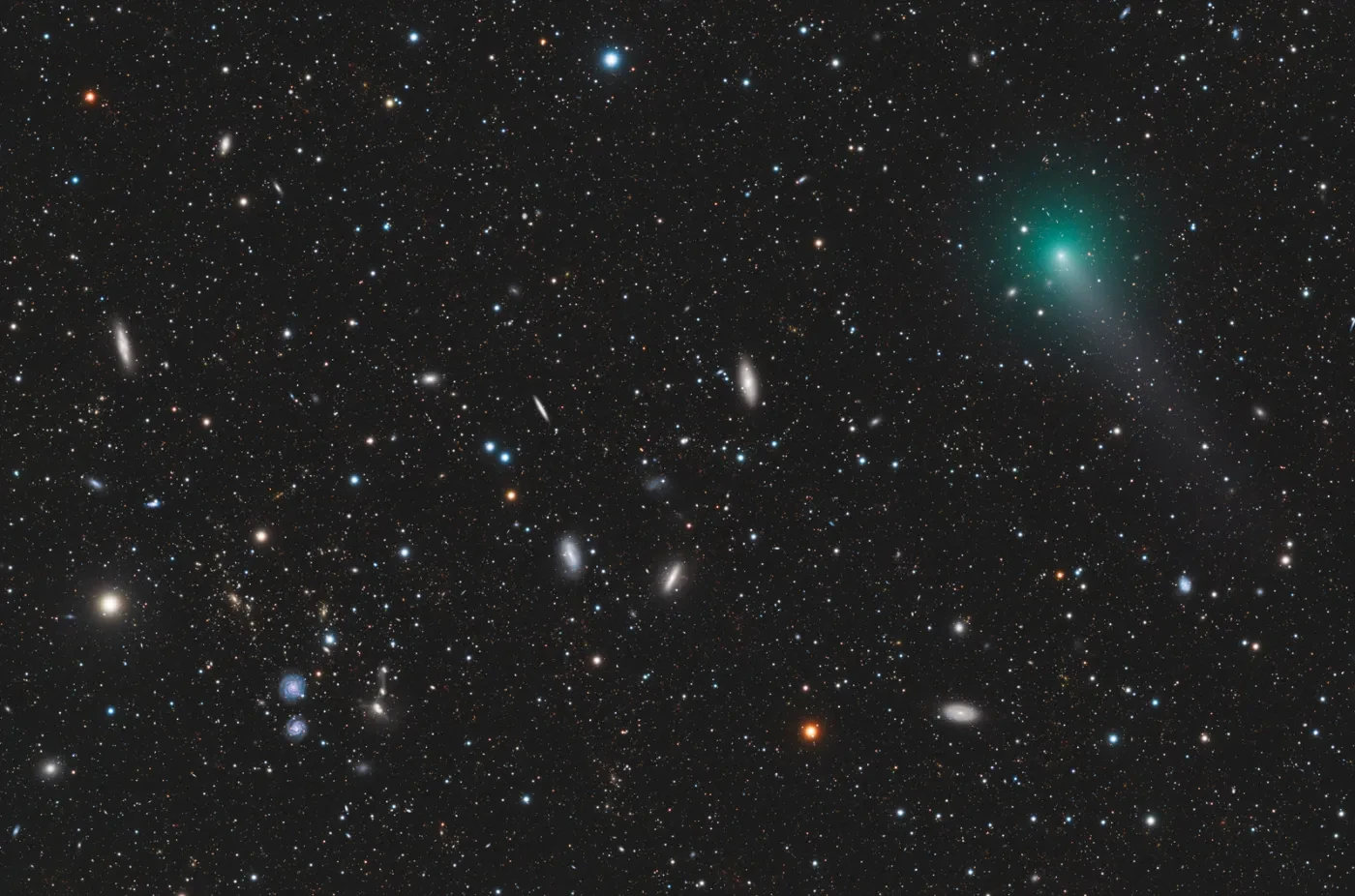
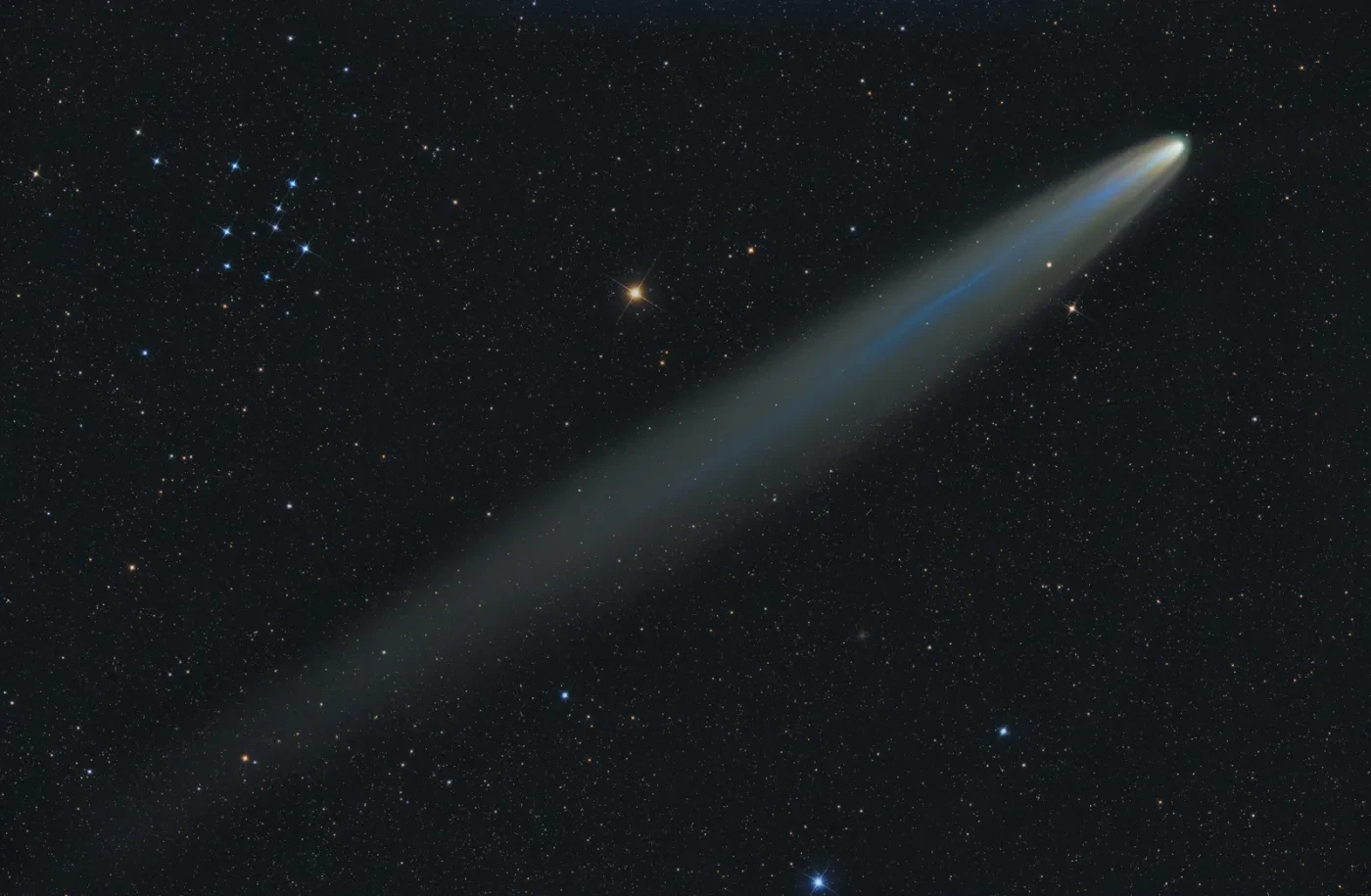
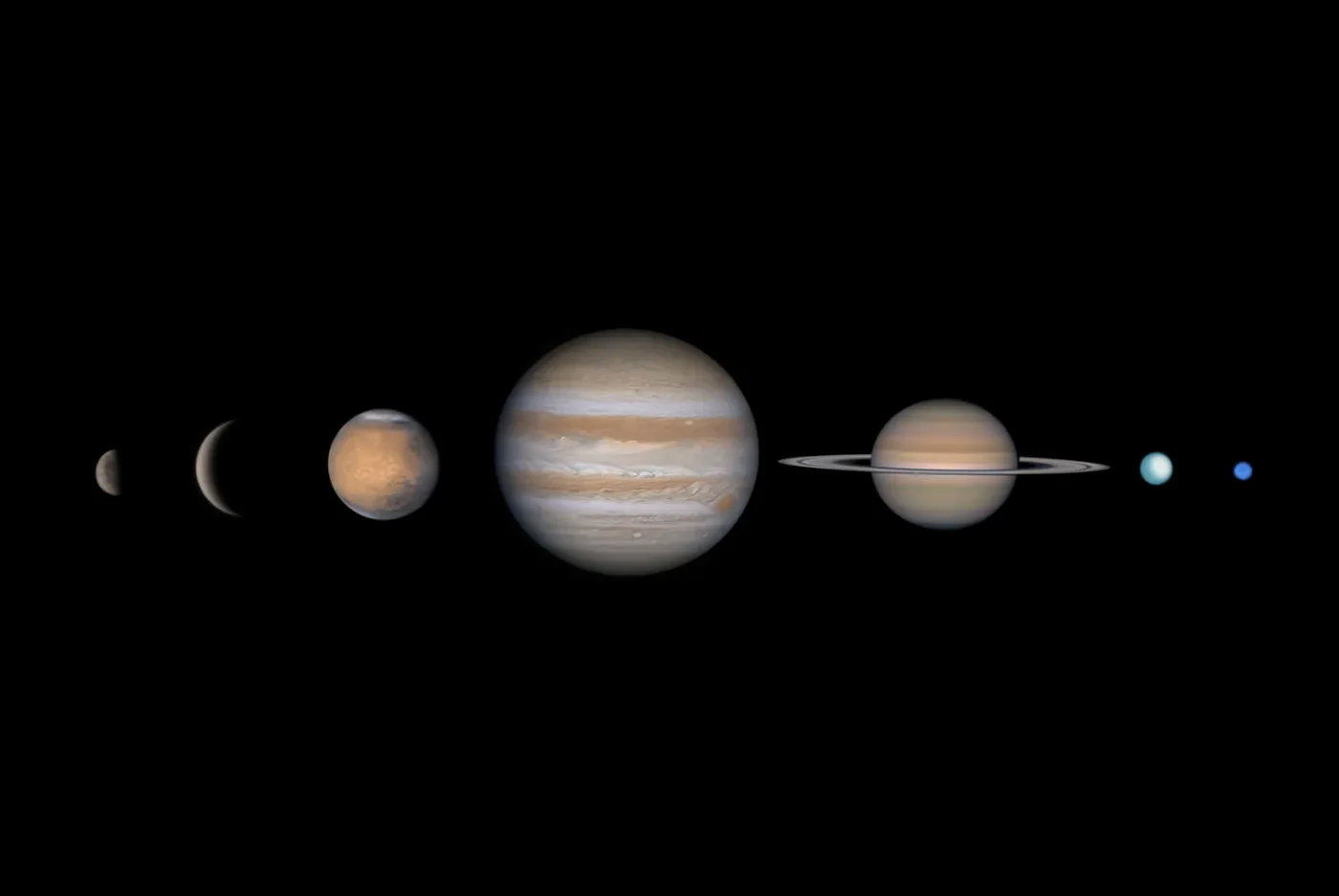
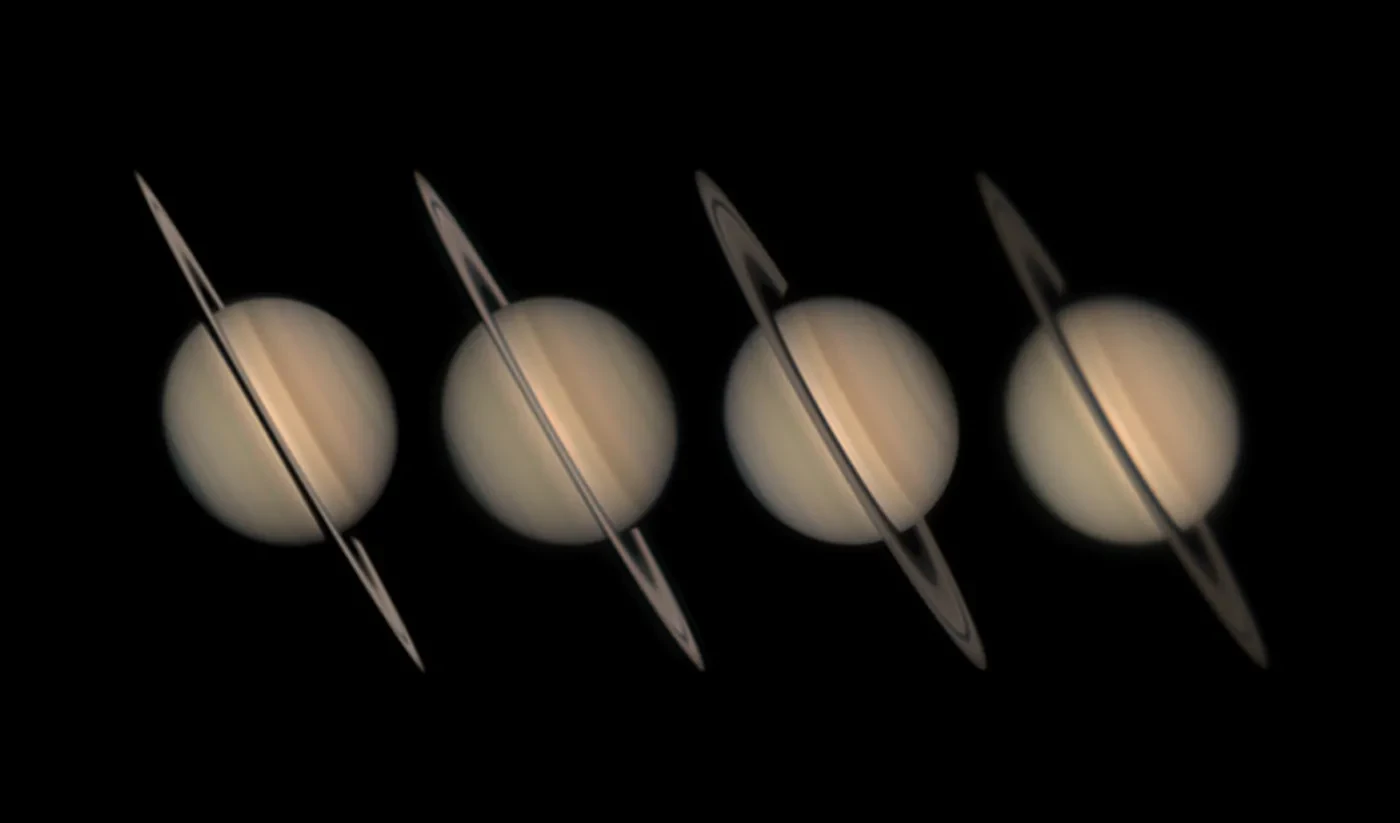
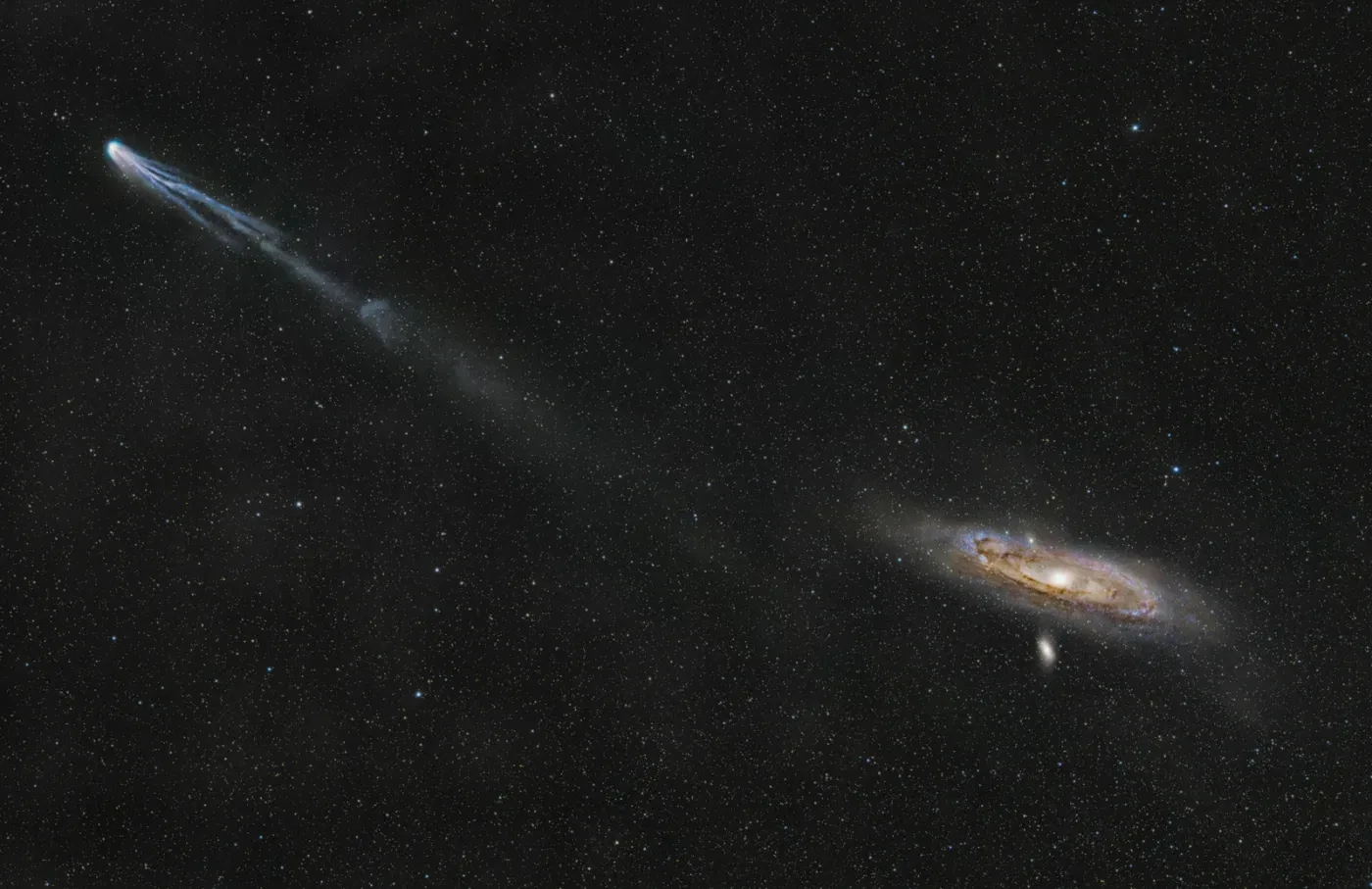
See the full shortlist
Browse the collection of award-winning astrophotography.
Never miss a shooting star
Sign up to our space newsletter for exclusive astronomy news, guides and events from Royal Museums Greenwich.
Our partners


